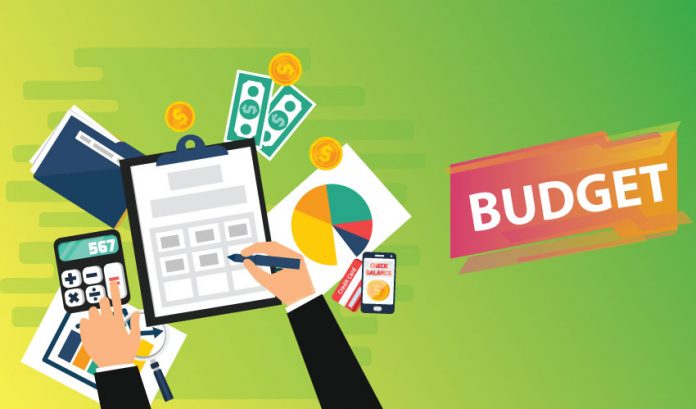Keeping track of how much money you earn, have and spend can seem like one of the most stressful tasks on your to-do list, but the proper budgeting method can reduce your overall stress levels and help you make and keep financial goals. Reducing your stress through budgeting is not about finding the perfect system and designing the perfect budget on the first try. It is about reflecting on your system each month and improving it in the future. This monthly reflection relies on accurately tracking your spending, sticking with one method for several months, and switching to a new one if needed to fit your lifestyle.
The 50/30/20 Budget
This method can teach you what balance you currently have between needs, wants and debts, and how to shift it to work better for you. As the name suggests, this budget divides your monthly income into three sections. Fifty percent of your budget will go to needs such as housing, food, and insurance. Your next category will be for wants, like entertainment subscriptions and travel. Putting thirty percent of your budget towards wants can help you save up for big-ticket items like vacations and holiday gift lists while still letting you enjoy your hobbies. The last category is debt and savings, which gets twenty percent of your income. For instance, your needs may include a revolving credit line or MaxLend loans, money sources you need available to cover emergency expenses like a hospital bill or flat tire.
Zero-Based Budget
In the zero-based budget method, you will take your total monthly income and divide it between categories until you have put every dollar to work for you in some way. Your categories can be as big and vague or as small and detailed as you want. Some common categories include entertainment, housing and insurance. You are likely to learn how accurate your mental picture of your finances is and how predictable your income and expenses are. The zero-based budget may not work for you if you idealize your spending instead of accurately tracking it for at least a month before assigning any money to categories.
The Envelope System
When using the envelope system, you will divide your income into an envelope of cash for each spending category. This system can work with most other budget systems and even some budget and tracking apps. Getting the cash, dividing it up and carrying multiple envelopes with you on errands can seem like a hassle, but it has been shown that people are more reluctant to purchase items if they are paying with cash than with a card because of the visual reminder of your budget. When the envelope is empty, the spending stops in that category. Any money left over at the end of the month can either be rolled over to the next month or put into savings, depending on whether you want to save up for a more significant expense in that same category or want to build up emergency savings.
Finding the right budgeting system is essentially trial and error, but tracking your spending and revising your budget monthly can help you turn those errors into learning opportunities. The more you view budgeting as a journey towards perfection, the more successful you are likely to be.

